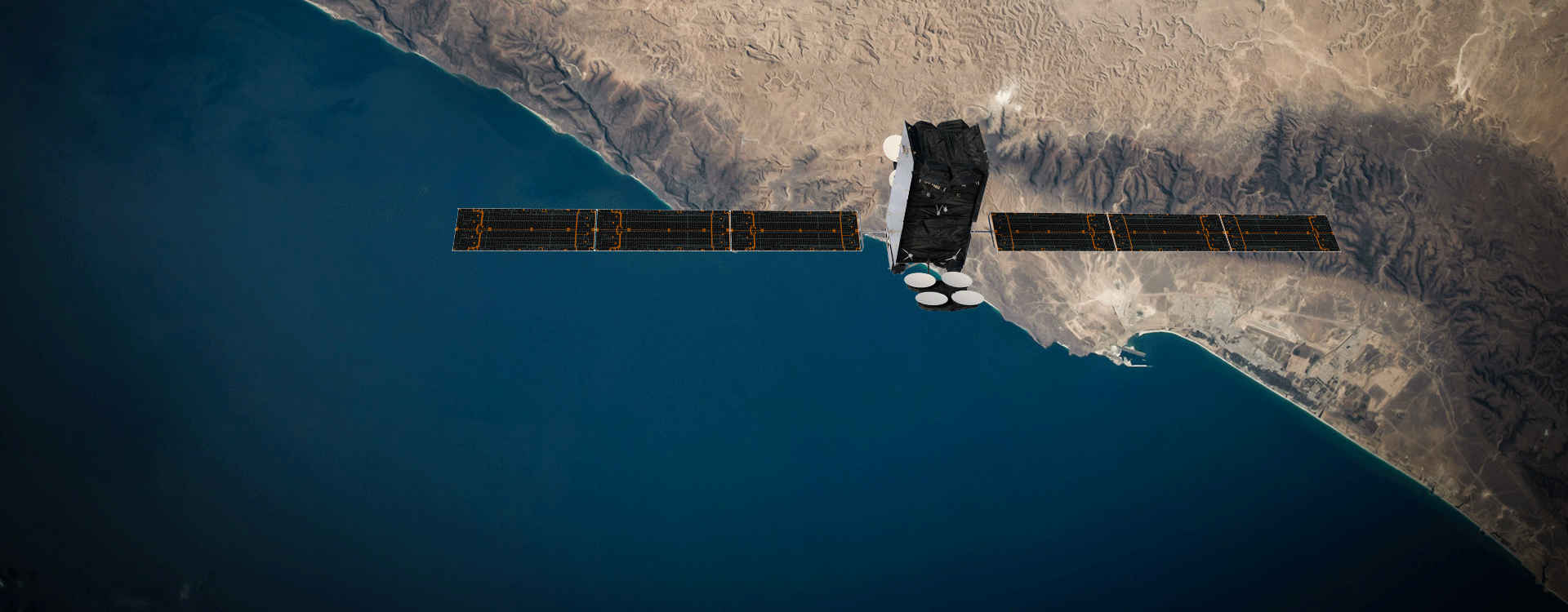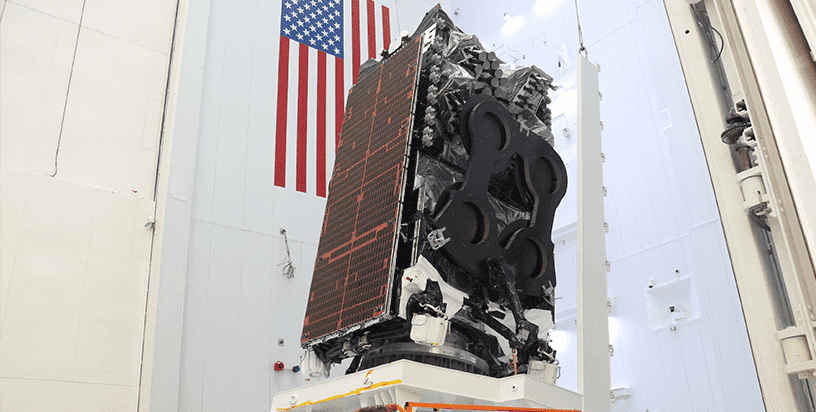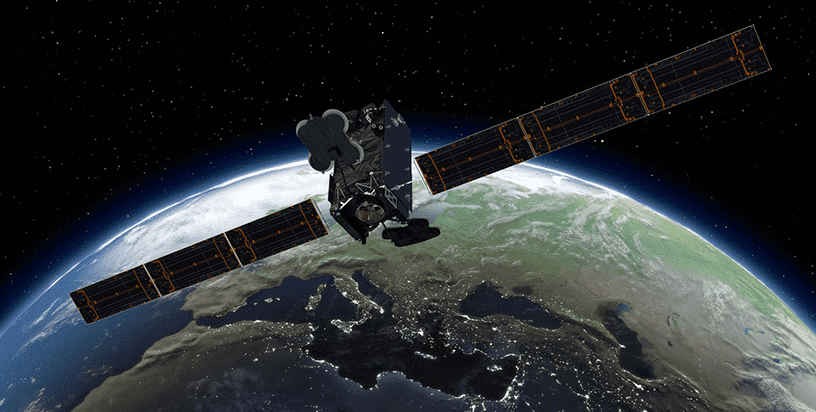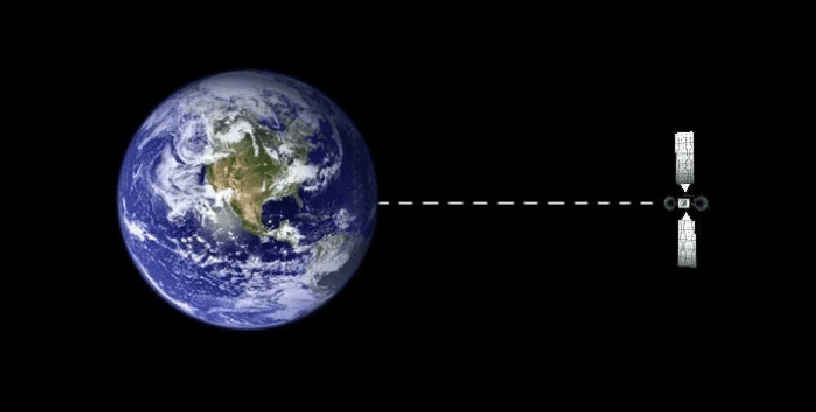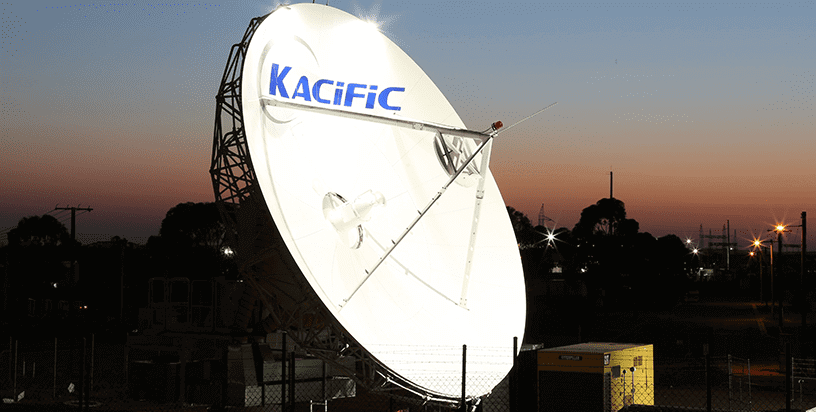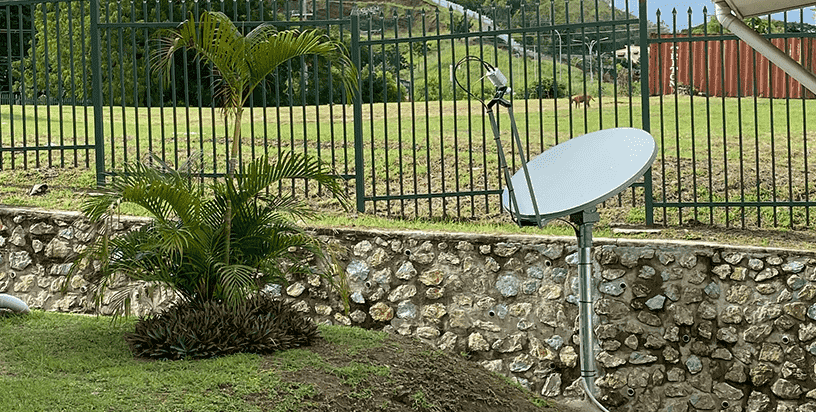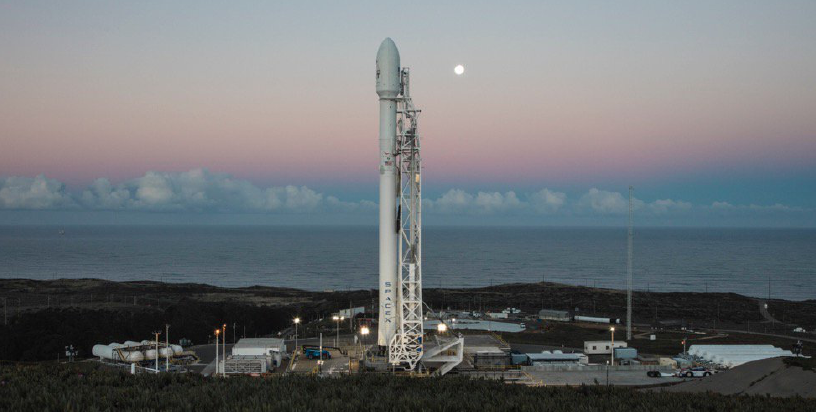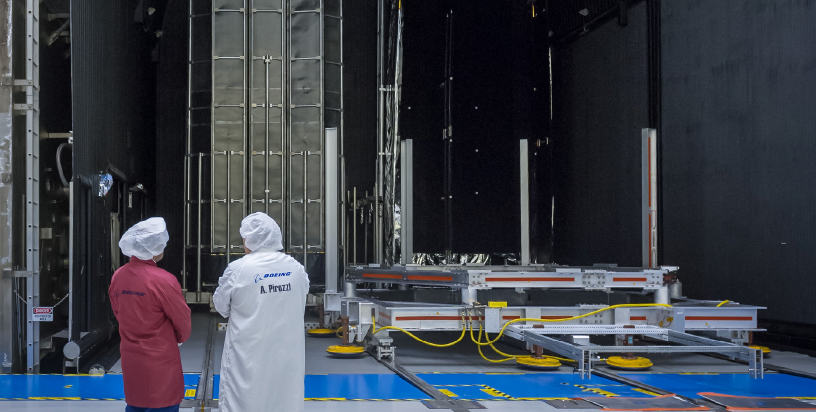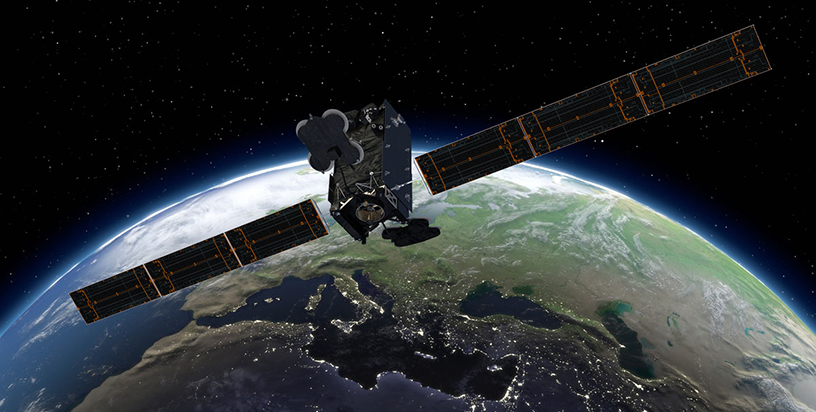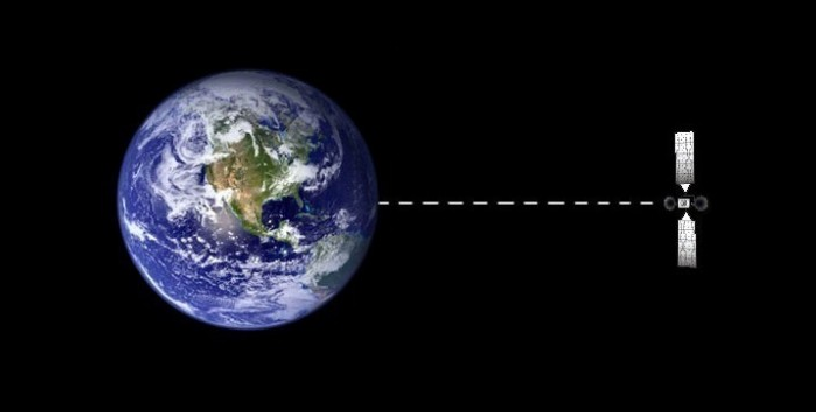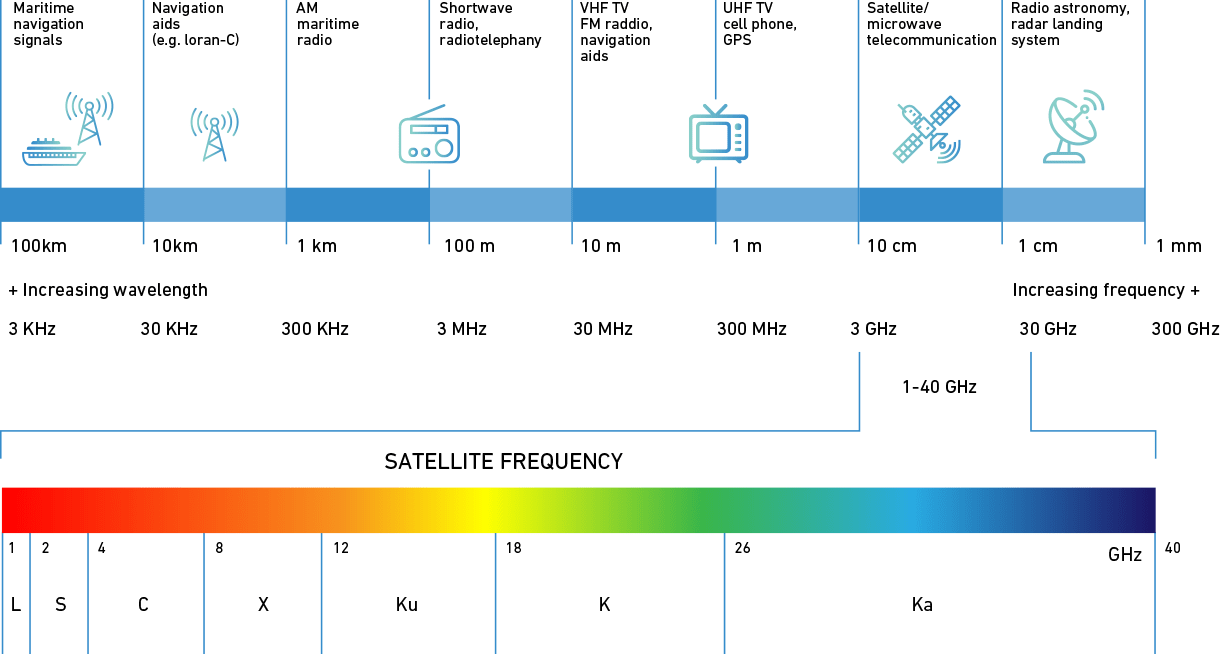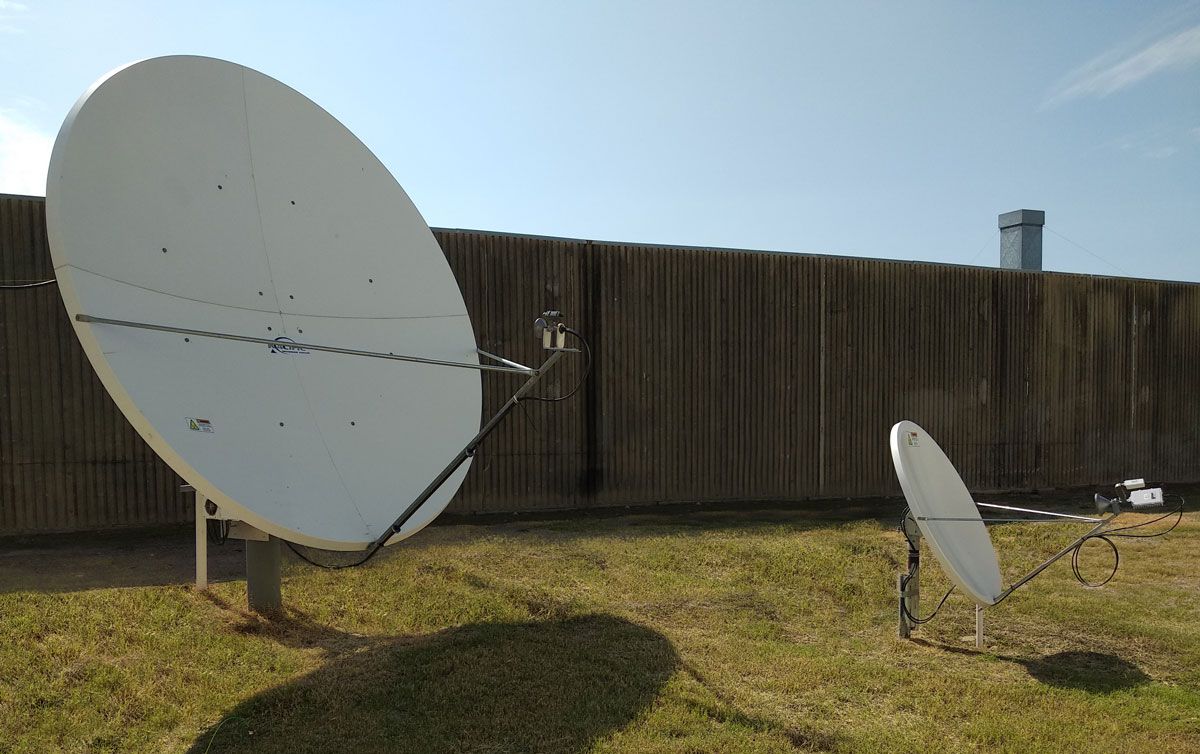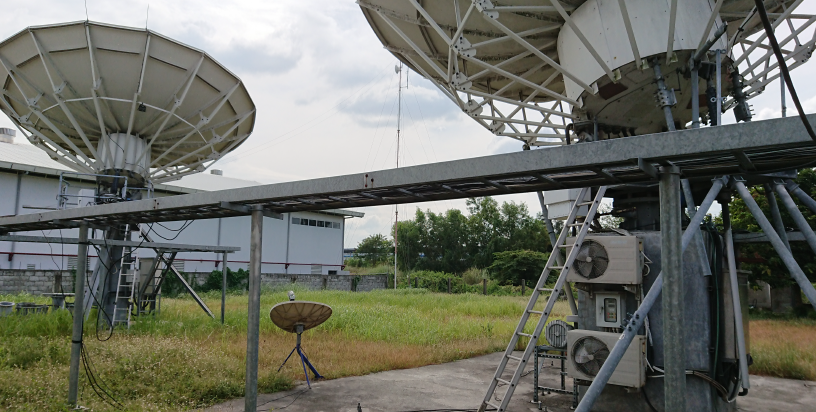Learn about Ka-band technology and our High-Throughput geostationary satellite
Kacific1 High Throughput Satellite
Kacific1 is a next-generation geostationary satellite operating in the Ka-band frequency spectrum. The satellite, which launched in December 2019, streams low-cost, high-speed, reliable, and stable broadband via 56 powerful spot beams. Wide reaching coverage extends over 25 countries in Asia Pacific with populations spread across their many islands, mountainous and rural regions.
Utilising advanced ground segment technologies, Kacific1 delivers fast internet speeds with a robust quality of service on a small user terminals at a jaw dropping price per month.
With Kacific’s internet connectivity, users can stream video, make voice calls over IP, browse the internet and use a variety of internet-based software.
Manufactured By Boeing. Launched By SpaceX.
Designed and built by Boeing, the Kacific1 payload is supported by the reliable 702 MP platform. Kacific1 launched atop a two-stage SpaceX Falcon9 rocket into geostationary orbit.
Kacific and SKY Perfect JSAT share the cost of the satellite platform in a condominium arrangement. This platform supports the Kacific1 payload and a payload of SKY Perfect JSAT, which allowed both parties to realise efficiencies in manufacturing and launch costs.
Kacific1’s coverage was designed with additional capacity expansion in mind. By launching other follow-on satellites into different orbital positions, Kacific will be able to provide additional capacity in the Kacific1 coverage areas requiring more, as well as increase the total coverage area.
High Throughput
Kacific1 is a High Throughput Satellite (HTS) because it reuses the same spectrum (frequencies) multiple times in the 56 spot beams. This stands in contrast to traditional FSS satellites with wide area beams that can use the spectrum only once. In a sense, an HTS is similar to a mobile cellular system that reuses frequencies between cells. Consequently, the total HTS throughput is much higher than an FSS satellite resulting in greater spectral efficiency and therefore lower cost per bandwidth. Modern technologies such as adaptive coding and modulation (ACM), signal pre-distortion and uplink power control are used to increase the throughput and overall availability, and, ultimately, improve the quality of service and user experience.
Technical Specifications
• 56 high throughput spot beams
• Delivering up to 60 Gbps of broadband capacity
• 550 to 600 ms latency
• Ka-band system
• Geostationary orbit
• 6,800 kg at launch
• 13 kw of electric power
Ka-Band
Kacific1 uses Ka-band technology and spectrum. Because the satellite antennas concentrate the spot beams for frequency reuse, the resulting beams are also high power – resulting in availabilities between 99.1% and 99.9% (depending on the location of the service and the size of the user antenna). Such availabilities are entirely suitable for internet services and in many places exceed the availability of terrestrial networks or even mobile networks.
Geostationary
Kacific1 is a geostationary satellite, orbiting at 35,786km above the equator. Satellites placed in the geostationary orbit offer a very stable and consistent service and user experience. The signal of a geostationary satellite always comes from the same location in the sky and therefore only requires a simple antenna, with no moving parts for reception and transmission.
The signal acquisition does not require any complicated terminal handover from one satellite to another, as is the case with satellite constellations using lower orbits. These constellations require tracking of moving satellites by ground terminal, which can lead to service issues such as temporary blockages due to landscape and failures of tracking mechanisms. The handover process from one satellite in the constellation to the next introduces a source of instability that is absent in a geostationary satellite system.
Geostationary satellite latency is suitable for nearly all regular internet usage, such as video streaming, voice calls over IP, general browsing and even for distribution via 3G or 4G networks. Geostationary satellites have been used for decades and are still the most efficient and cost-effective way to deliver telecommunication signals from space. The addition of powerful HTS technologies tremendously enhances the ability of geostationary satellites to
deliver high-speed internet.

Ground Infrastructure
The three Kacific gateways use equipment from top tier companies to ensure that operations are efficient and reliable.
Kacific contracted industry leader Kratos Defence and Security Solutions to design, build and commission the large 9-metre antennas and radio frequency equipment. These state-of-the –art gateways are located in Australia, Philippines and Indonesia, with the latter two locations using a site diversity arrangement to allow for the best uplink availability possible. All gateway locations are controlled from Kacific’s centralised network operations centre (NOC) in Singapore.
Local Partner Terminals
Managed shared bandwidth services and dedicated bandwidth pooling services are offered on 75cm to 1.2m Very Small Aperture Terminals (VSAT). These small terminals offer speeds up to 200Mbps with low dc power consumption, which means they can be operated on low-cost solar power systems. They are small enough to be transported by car, local boats, small aircraft and even on foot.
Traffic for our highest bandwidth products, such as trunking and enterprise connectivity, is accessed by antennas from 2.4m to 4.5m in diameter.

Affordable Connectivity
Combining a next-generation satellite with a
lean business model and affordable ground
technology, Kacific provides connectivity
at a very low cost.

High-Speed Bandwidth
Targeted beams deliver high throughput
capacity that is strengthened by
custom-built gateway technology and
ground systems, resulting in fast end-user
speeds and more resilient links.

Accessible Anywhere
Satellite technology offers high-quality
communication networks without limits –
every mountain, every island, every
community.

